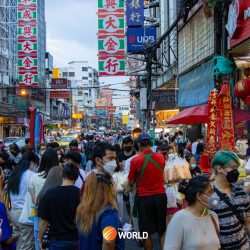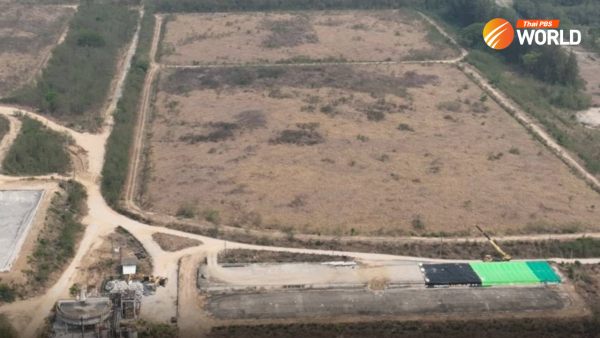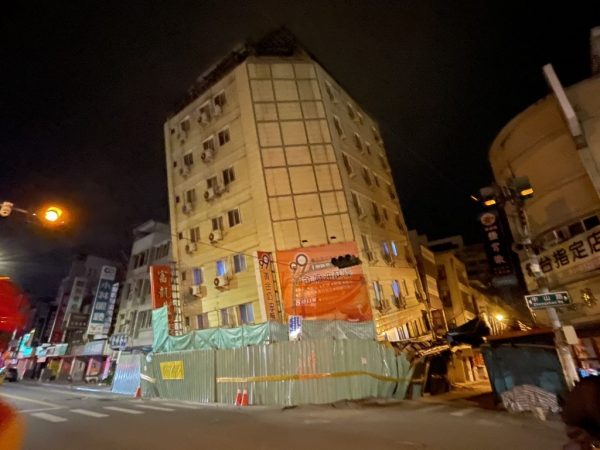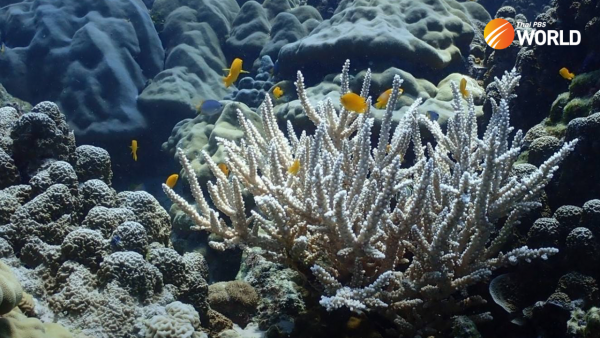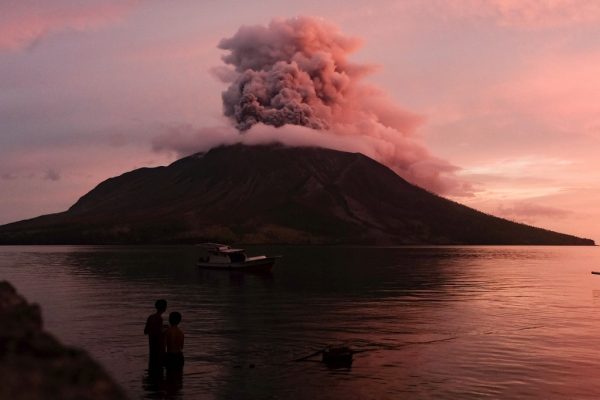How Koh Larn became “Trash Island” and what is being done to fix it
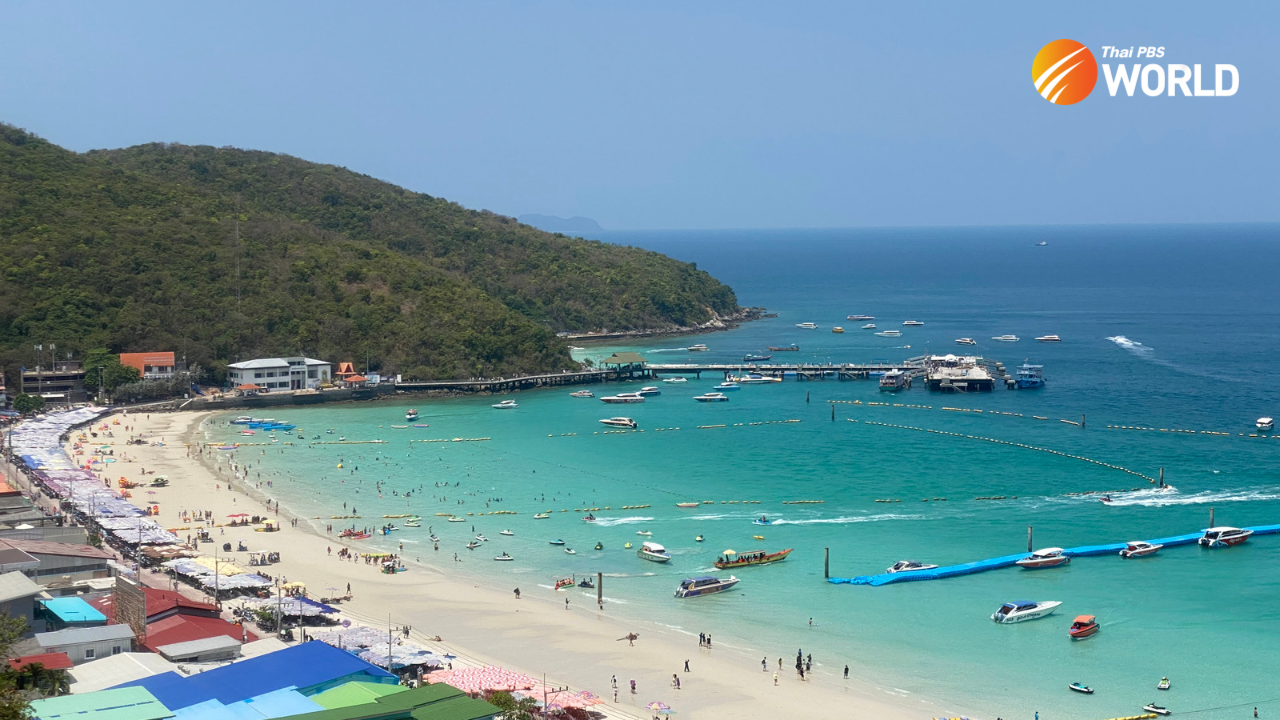
Koh Larn, an island lying in the Gulf off Pattaya, has been attracting thousands of local and foreign tourists for decades, but this has undeniably led to a mountain of garbage, resulting in an enormous landfill on the small island.
“In the past, about 10 tonnes of garbage were generated each day on Koh Larn but, because the number of tourists has been increasing, the amount of garbage has doubled,” said Manoch Nongyai, deputy governor of Pattaya City.
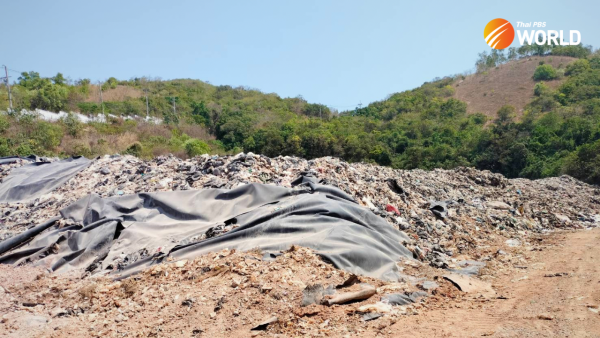
-Mountain of garbage-
As much as 25 tonnes of waste is dumped into this landfill every day. The site now contains an estimated 70,000 tonnes, with about 20,000 above ground and the remainder buried beneath it.
“Most of the garbage here is plastic waste which cannot be recycled,” Manoch said. “There are also wood and other construction materials that we place at the back of the landfill, because this type of garbage cannot be disposed of through burning.”
In the past, most of the trash from Koh Larn was shipped to Pattaya for disposal, until the Interior Ministry imposed new regulations on waste management in 2015. This eventually led to garbage piling up on the island.
“The new ministerial regulation states that wherever the waste is generated, we have to dispose of it there. So, we cannot nolonger ship the waste over to Pattaya,” said Manoch.
The mountain of garbage there has been a long-standing problem for people in the community. There does now, however, seem to be a way out.
The local government plans to complete the installation of two incinerators this year, with the capacity to burn at least 50 tonnes per day of the waste at the landfill, including newly-generated waste. The deputy mayor predicts, however, that it will take at least 7 years to burn all of the accumulated waste in the landfill.
Burning waste also raises concerns over the negative environmental impacts. The deputy mayor offered a reassurance that the use of incinerators has been carefully considered, to reduce the impact on the environment and the residents.
“At first, we were quite concerned [about the negative impacts],” he said, “but then we looked into which type of incinerator would be most suitable for the island. So, we decided on an incinerator that uses extreme heat and doesn’t emit smoke. We do not believe that it will ruin the island’s image or the environment, because [the landfill] is in the middle of the island. So, we have to take care of the island’s environment.”
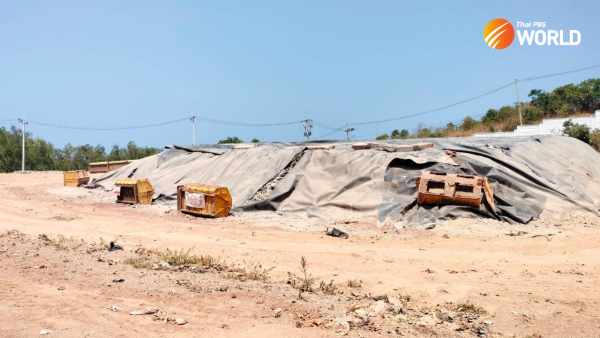
-Tackling (plastic) waste-
According to Greenpeace, citing information from the Science Advances journal, Thailand produces about 4.7 million tonnes of plastic waste each year, 1.1 million tonnes of which are plastic bags, followed by plastic bottles, plastic cups and containers, bottle caps, plastic cutlery and straws.
Thailand is also the world’s fifth largest producer of plastic waste, with the biggest being the United States, which produces up to 42 million tonnes per year, followed by the United Kingdom, South Korea and Germany.
Earlier this month, Prime Minister Prayut Chan-o-cha announced that the consumption of plastic bags has been reduced by 43% over the past 3 years. The Thai government has also laid out a roadmap for tackling plastic waste and has mandated that all imports of plastic waste from other countries will be completely banned by 2025.
Thailand’s Pollution Control Department previously had laid out a roadmap on plastic waste management between 2018 and 2030. One of the targets is to reduce the use of single-use plastics and to adopt a circular economy model for plastics.
“I believe that waste management is very important,” said Manoch. “In some rural areas, the way they dispose of the garbage, such as by burying it, is not really correct. Burying trash is a waste of land and, if we keep burying large amounts of it, especially the types of trash which decompose very slowly or not at all, it would be harmful [to the environment].”
Despite solutions at the government level, reducing waste requires cooperation from all sectors, particularly from tourists, by refraining from bringing in plastic waste onto the island.
“I think we need to communicate with the people, because the government has been working hard to fix waste management issues, such as by banning the use of plastic bags and anything else related to garbage. I think we need to remind the people, especially in our community, not to use products that are made from plastic and to use biodegradable materials instead.”
by Nad Bunnag, Thai PBS World

